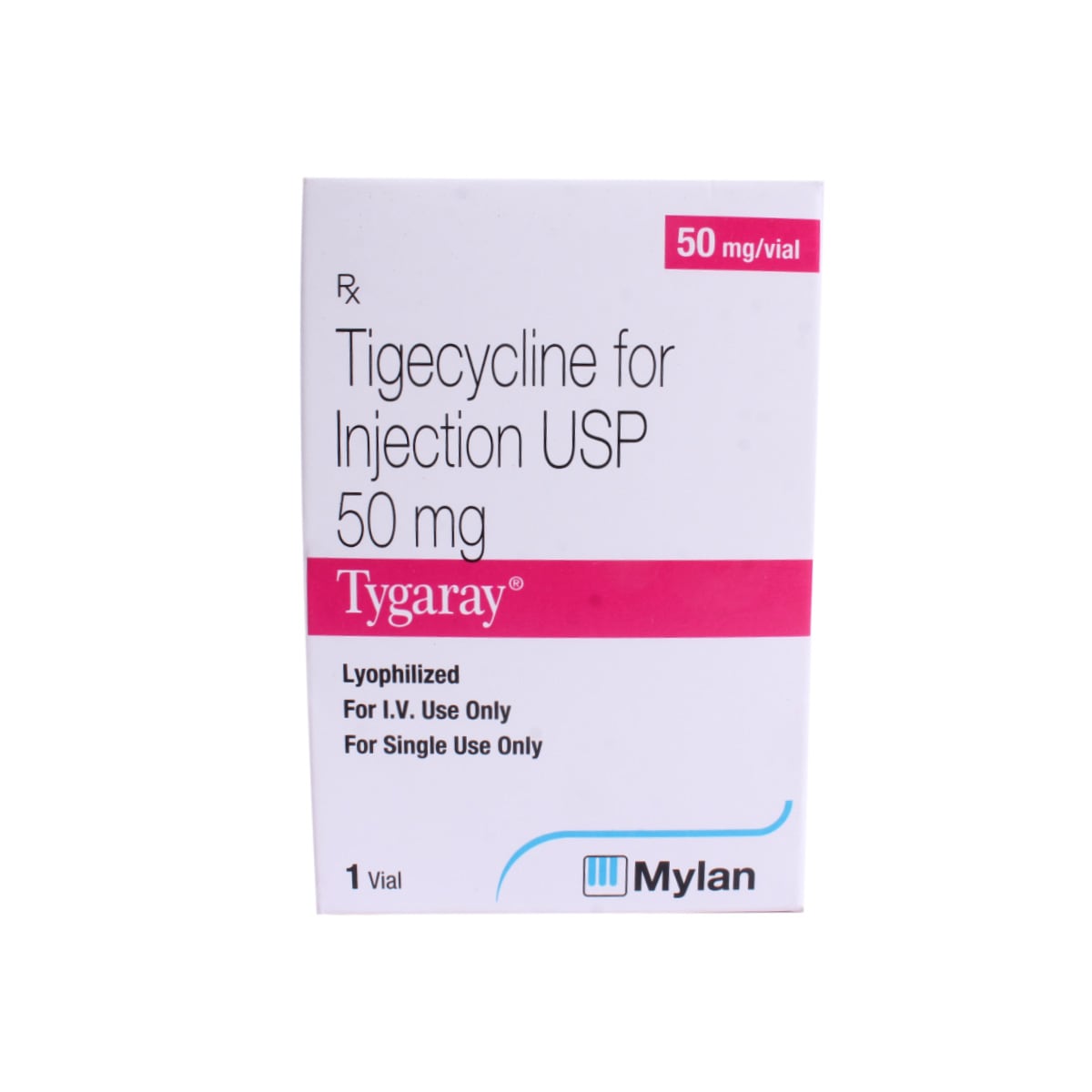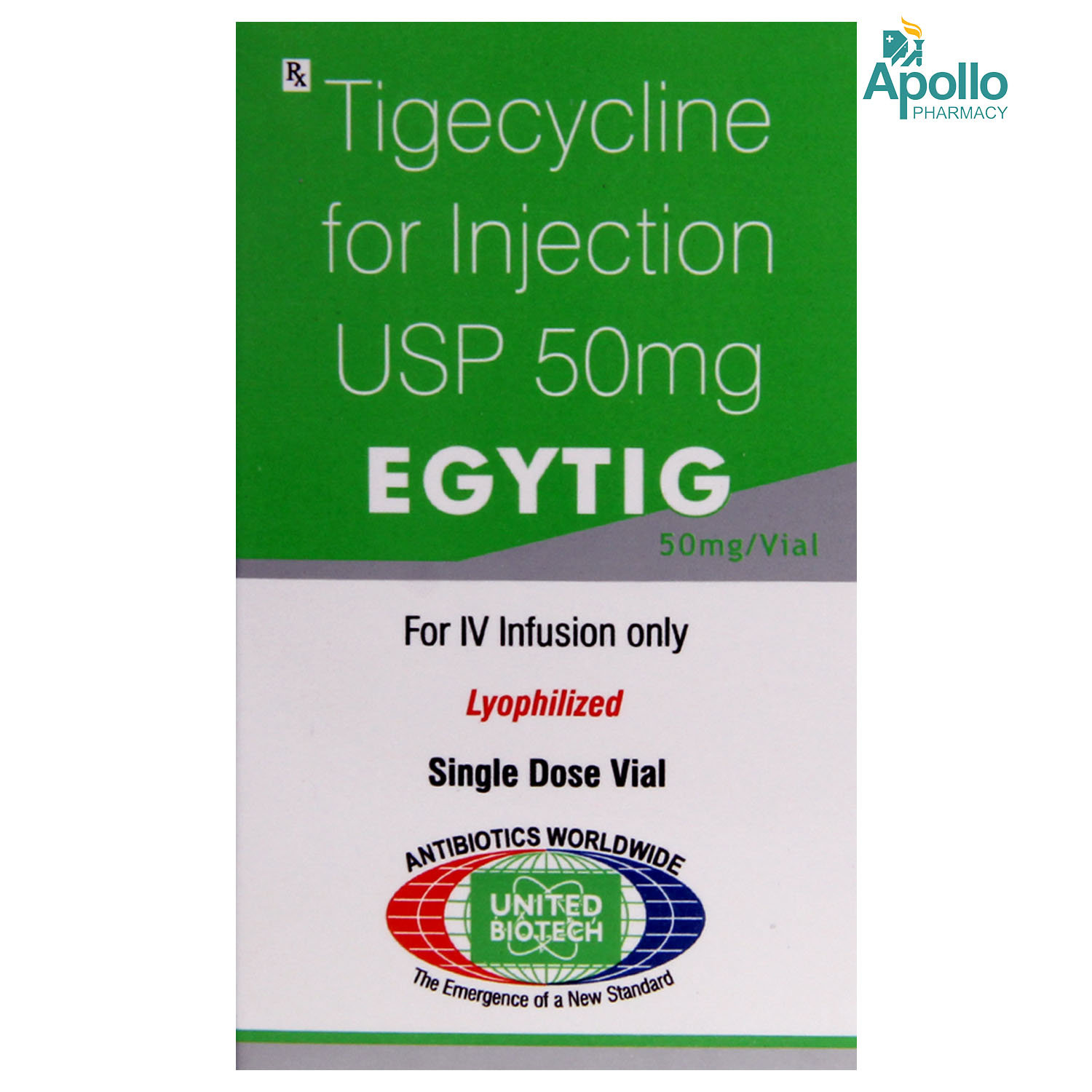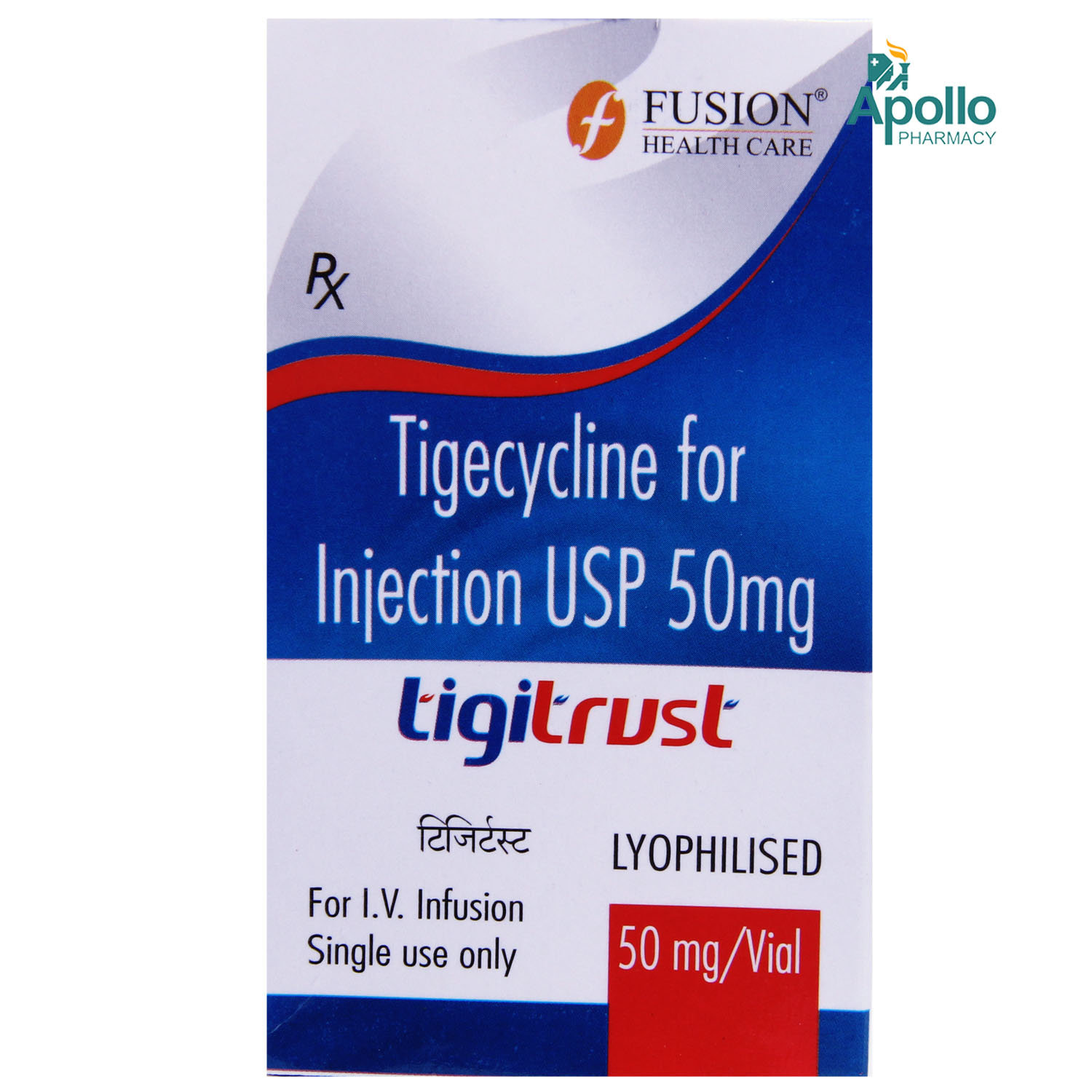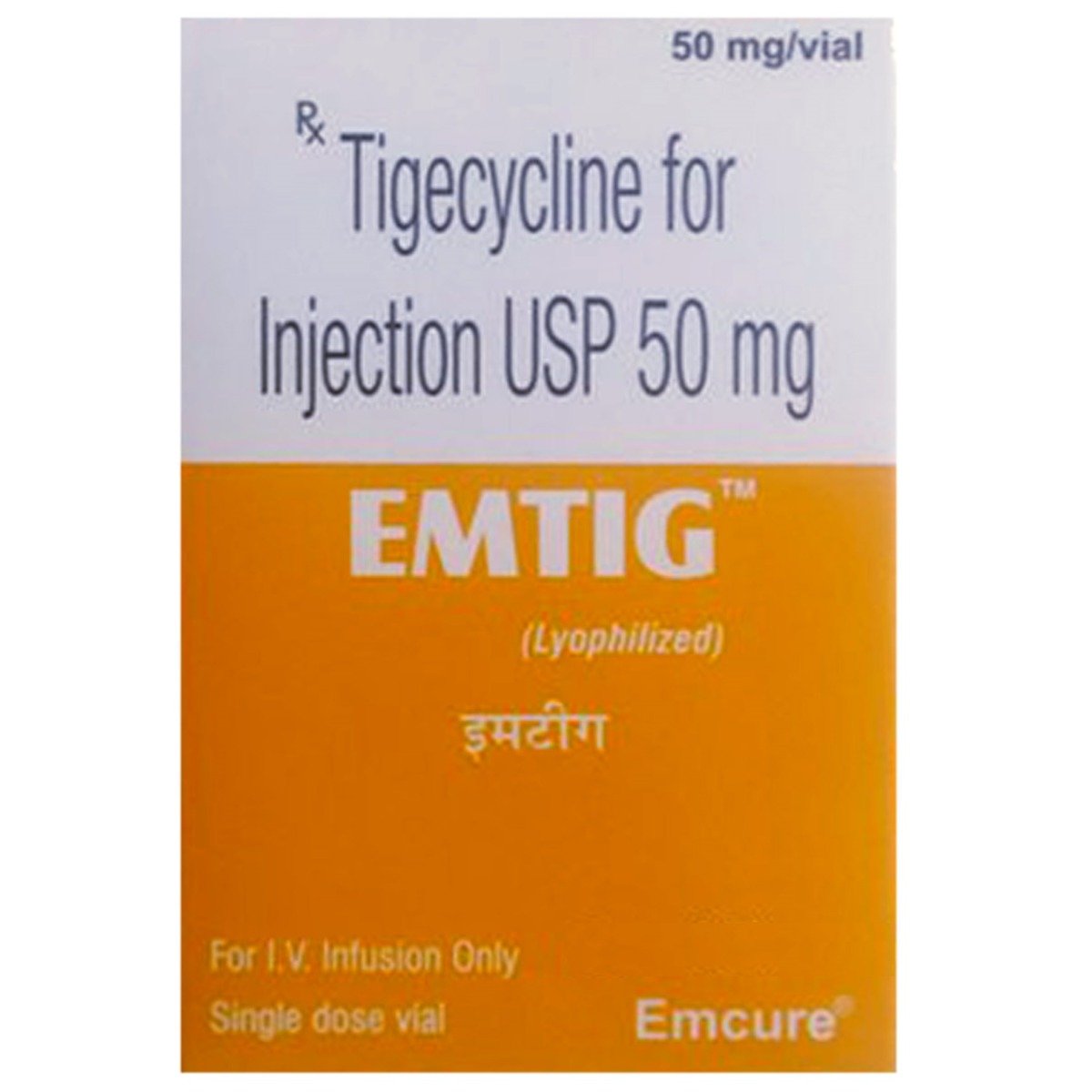TIGANEX INJECTION

MRP ₹1405
(Inclusive of all Taxes)
₹210.8 Cashback (15%)
know your delivery time
Provide Delivery Location
Composition :
Manufacturer/Marketer :
Consume Type :
Expires on or after :
Return Policy :

Secure Payment

Trusted by 8 Crore Indians

Genuine Products
Therapeutic Class
Country of origin
Manufacturer/Marketer address
Author Details
We provide you with authentic, trustworthy and relevant information
Disclaimer
Alcohol
Safe if prescribed
Avoid taking alcohol while using TIGANEX INJECTION since it may worsen the side effects.
Pregnancy
Consult your doctor
TIGANEX INJECTION is not recommended during pregnancy due to its harmful effects on the baby, including toxic effects on skeletal formation. Please consult your doctor before taking TIGANEX INJECTION if you are pregnant or planning to conceive.
Breast Feeding
Consult your doctor
It is not known if TIGANEX INJECTION is excreted into breast milk. Please consult your doctor before taking TIGANEX INJECTION if you are breastfeeding.
Driving
Safe if prescribed
You may experience dizziness as one of the side effects of TIGANEX INJECTION. In such cases, do not drive or operate machinery until you feel better.
Liver
Consult your doctor
Let your doctor know if you have any history of liver diseases before taking TIGANEX INJECTION. TIGANEX INJECTION should be used caution in cases of severe liver disease.
Kidney
Consult your doctor
Let your doctor know if you have any history of kidney diseases before taking TIGANEX INJECTION. Dose adjustment may be required.
Children
Safe if prescribed
TIGANEX INJECTION is not recommended for children younger than eight years old.
Product Substitutes
About TIGANEX INJECTION
TIGANEX INJECTION belongs to the class of 'antibiotics,' primarily used to treat bacterial infections like abdominal infections, community-acquired pneumonia (lung infection), and complicated skin and skin structure infections. Bacterial infection occurs when harmful bacteria grow in the body and causes illness. It can infect any part of the body and multiply very quickly. TIGANEX INJECTION does not work for viral infections, such as common cold and flu.
TIGANEX INJECTION contains 'Tigecycline' that belongs to the class of 'glycylcyclines'. It works by preventing the synthesis of bacterial proteins, which are the primary cursors for carrying out bacteria's vital functions. This process further inhibits bacterial growth.
TIGANEX INJECTION will be administered by a healthcare professional; do not self-administer it. Your doctor will decide the dose and duration of TIGANEX INJECTION based on your medical condition. Like all medicines, TIGANEX INJECTION also causes side effects, although not everybody gets them. Common side effects of TIGANEX INJECTION include nausea, vomiting, diarrhoea, headache, and abnormal liver function tests. If any of these effects persist or worsen, seek medical advice promptly.
Brief your medical history to the doctor if you are allergic to TIGANEX INJECTION or any of its components. Let your doctor know if you have any kidney or liver diseases, colitis (inflammation of the inner lining of the colon), and pancreatitis (inflammation of the pancreas). TIGANEX INJECTION is not recommended during pregnancy due to its harmful effects on the baby. It is advised to consult your doctor if you are breastfeeding before taking TIGANEX INJECTION. TIGANEX INJECTION can make you feel dizzy; hence drive or operate machinery only when you are alert. TIGANEX INJECTION is not recommended in children below eight years of age.
Uses of TIGANEX INJECTION
Medicinal Benefits Mweb
Key Benefits
TIGANEX INJECTION contains 'Tigecycline,' a broad-spectrum glycylcycline antibiotic that treats bacterial infections, such as abdominal infections, community-acquired pneumonia (lung infection), and complicated skin and skin structure infections. It works by preventing the synthesis of bacterial proteins, which are the primary cursors for carrying out bacteria's vital functions. Tigecycline is bacteriostatic and inhibits bacterial reproduction.
Directions for Use
Side Effects of TIGANEX INJECTION
- Nausea
- Vomiting
- Diarrhoea
- Headache
- Abnormal liver function tests
Drug Warnings
Let your doctor know if you have any kidney or liver diseases, colitis (inflammation of the inner lining of the colon), and pancreatitis. Clostridium difficile-associated diarrhoea (CDAD) is reported during usage of antibiotics like TIGANEX INJECTION. Therefore, please undergo an examination to rule out the chances of CDAD if you experience diarrhoea following Tigecycline therapy. Let your doctor know if you are undergoing any vaccinations with live bacterial vaccines (like typhoid vaccine) since TIGANEX INJECTION may affect vaccines' activity. TIGANEX INJECTION may induce photosensitivity and makes your skin more sensitive to the sun; hence apply sunscreen when you step out. TIGANEX INJECTION is not recommended during pregnancy due to its harmful effects on the baby. Please seek medical advice if you are breastfeeding before taking TIGANEX INJECTION. TIGANEX INJECTION causes dizziness; hence drive or operate machinery only when you are alert. TIGANEX INJECTION is not recommended in children below eight years of age.
Drug-Drug Interactions
Drug-Drug Interactions
Login/Sign Up
Drug-Food Interactions
Drug-Food Interactions
Login/Sign Up
Drug-Diseases Interactions
Drug-Diseases Interactions
Login/Sign Up
Drug-Drug Interactions Checker List
- WARFARIN
Habit Forming
Special Advise
- Inform your doctor and laboratory staff in advance that you take TIGANEX INJECTION if you are undergoing any medical examinations. TIGANEX INJECTION can cause abnormal liver function test results.
- Renal, liver function and blood tests are advised during prolonged therapy to rule out any toxicity caused due to overdose of TIGANEX INJECTION.
- Clostridium difficile associated diarrhoea (CDAD) is reported during the usage of antibiotics like Tigecycline. Please see your doctor if you experience prolonged diarrhoea.
Diet & Lifestyle Advise
- Include more fibre enriched food in your diet, as it can be easily digested by your gut bacteria, which helps stimulate their growth. Thus, fibre foods may help restore healthy gut bacteria after a course of antibiotics. Whole grains like whole-grain bread, brown rice should be included in your diet.
- Eating grapefruit during antibiotics treatment can prevent the body from utilizing TIGANEX INJECTION properly. So, avoid intake of grapefruit or grapefruit juice with the antibiotic.
- Avoid taking too much calcium, iron-enriched foods and drinks as it might affect the working of TIGANEX INJECTION.
- Avoid intake of alcoholic beverages with TIGANEX INJECTION as it can make you dehydrated and affect your sleep. This can make it more challenging for your body to aid the TIGANEX INJECTION in fighting off infections.
- Manage stress, eat healthily, drink plenty of water, exercise regularly, and get plenty of sleep.
- Do not walk barefoot at places like gym showers to prevent bacterial infections.
All Substitutes & Brand Comparisons
RX
Out of StockDIVERCIL 50MG INJECTION
₹60
(₹54.0 per unit)
95% CHEAPERRX
Out of StockGicin 50mg Injection
Themis Medicare Ltd
₹1648
(₹296.64/ 1ml)
74% CHEAPERRX
TGKEM 50MG INJECTION
Alkem Laboratories Ltd
₹1331
(₹1197.9 per unit)
3% COSTLIER

Have a query?
Buy best Infections & Infestation products by
Cipla Ltd
Macleods Pharmaceuticals Ltd
Alkem Laboratories Ltd
Lupin Ltd
Abbott India Ltd
Sun Pharmaceutical Industries Ltd
Mankind Pharma Pvt Ltd
Micro Labs Ltd
Aristo Pharmaceuticals Pvt Ltd
FDC Ltd
Intas Pharmaceuticals Ltd
Glenmark Pharmaceuticals Ltd
Ipca Laboratories Ltd
Torrent Pharmaceuticals Ltd
Zydus Healthcare Ltd
Biochem Pharmaceutical Industries Ltd
Zuventus Healthcare Ltd
United Biotech Pvt Ltd
Hetero Drugs Ltd
Emcure Pharmaceuticals Ltd
Alembic Pharmaceuticals Ltd
Indoco Remedies Ltd
Fusion Health Care Pvt Ltd
Dr Reddy's Laboratories Ltd
Leeford Healthcare Ltd
Cadila Healthcare Ltd
Wockhardt Ltd
Zydus Cadila
GlaxoSmithKline Pharmaceuticals Ltd
Morepen Laboratories Ltd
Blue Cross Laboratories Pvt Ltd
Cadila Pharmaceuticals Ltd
Converge Biotech Pvt Ltd
Elder Pharmaceuticals Ltd
Hetero Healthcare Pvt Ltd
Pfizer Ltd
AAA Pharma Trade Pvt Ltd
Gufic Bioscience Ltd
Mylan Pharmaceuticals Pvt Ltd
Corona Remedies Pvt Ltd
Wallace Pharmaceuticals Pvt Ltd
Apex Laboratories Pvt Ltd
Medishri Healthcare Pvt Ltd
Akumentis Healthcare Ltd
Alniche Life Sciences Pvt Ltd
Hegde & Hegde Pharmaceutica Llp
Veritaz Healthcare Ltd
Ranbaxy Laboratories Ltd
Koye Pharmaceuticals Pvt Ltd
Shreya Life Sciences Pvt Ltd
Overseas Health Care Pvt Ltd
Biocon Ltd
Indchemie Health Specialities Pvt Ltd
Medley Pharmaceuticals Ltd
Brinton Pharmaceuticals Ltd
J B Chemicals & Pharmaceuticals Ltd
Unifaith Biotech Pvt Ltd
Ajanta Pharma Ltd
Biochemix Health Care Pvt Ltd
Natco Pharma Ltd
Samarth Life Sciences Pvt Ltd
Unichem International
Laborate Pharmaceuticals India Ltd
Unipark Biotech Pvt Ltd
Zymes Bioscience Pvt Ltd
Indiabulls Pharmaceuticals Pvt Ltd
Neon Laboratories Ltd
Vasu Organics Pvt Ltd
DR Johns Lab Pharma Pvt Ltd
East West Pharma India Pvt Ltd
La Renon Healthcare Pvt Ltd
Medgen Drugs And Laboratories Pvt Ltd
Novartis India Ltd
Canixa Life Sciences Pvt Ltd
Icarus Health Care Pvt Ltd
Lincoln Pharmaceuticals Ltd
Celon Laboratories Pvt Ltd
Concept Pharmaceuticals Ltd
Klm Laboratories Pvt Ltd
Nicholas Piramal India Ltd
Systopic Laboratories Pvt Ltd
Yuventis Pharmaceuticals
Capital Pharma
German Remedies Ltd
Pristine Pearl Pharma Pvt Ltd
Unison Pharmaceuticals Pvt Ltd
Aurz Pharmaceutical Pvt Ltd
Clover Health Care Pharma
Kepler Healthcare Pvt Ltd
Allites Life Sciences Pvt Ltd
Auspharma Pvt Ltd
Intra Life Pvt Ltd
Jolly Healthcare
Linux Laboratories Pvt Ltd
Ozone Pharmaceuticals Ltd
Cachet Pharmaceuticals Pvt Ltd
Comed Chemicals Ltd
Delcure Life Sciences Ltd
Fresenius Kabi India Pvt Ltd
Khandelwal Laboratories Pvt Ltd







